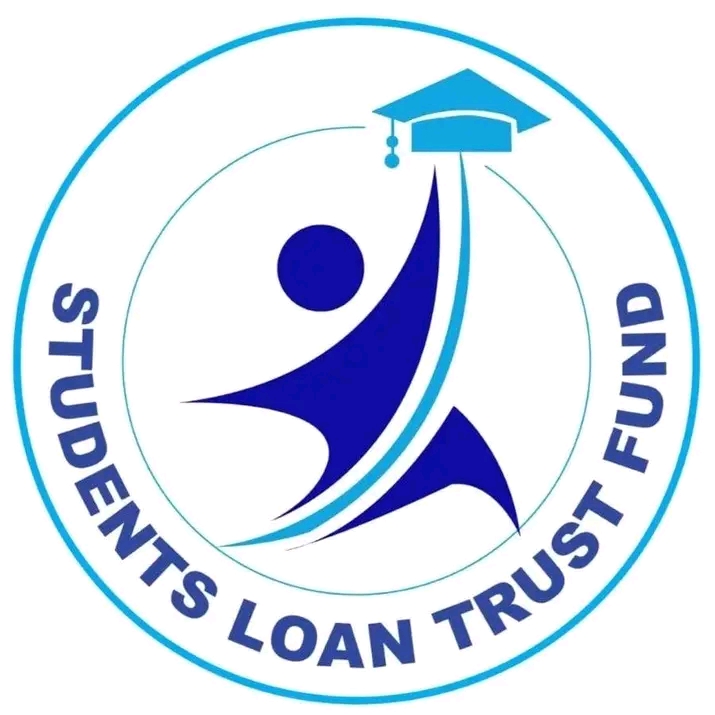By: Kekeli K. Blamey
In West Africa, the Ewe people of Ghana, Togo, and Benin have a rich cultural heritage that is deeply rooted in their music and dance.
One such tradition is Agbadza, a vibrant and energetic dance that has evolved from a war dance to a popular recreational activity.
Agbadza’s origins date back to the times of war, when the Ewe people used songs and dances to train their warriors for battle. The dance, then known as Atrikpui, was a way to encourage bravery and heroism. However, with the advent of peace in the 1920s, the Ewe people transformed Atrikpui into Agbadza, a dance that celebrates life, community, and joy.
Today, Agbadza is an integral part of Ewe culture, performed during various occasions such as funerals, weddings, and parties. The dance has five distinct movements, each with its own unique rhythm and energy. From the introductory Banyinyi to the final Vutsortsor, Agbadza is a true celebration of life.

The music of Agbadza is just as captivating as the dance itself. The ensemble consists of various instruments, including the Gankogui, Atoke, Sogo, Kidi, Kagan, and Axatse. Each instrument plays a vital role in creating the infectious rhythm that drives the dance forward.
One of the most distinctive aspects of Agbadza is its use of call and response. The lead singer calls out, and the response is a chorus of voices, creating a sense of community and unity. The song’s lyrics speak of life, death, heroism, and the struggles of the Ewe people.
Agbadza’s significance extends beyond its entertainment value. It is a symbol of Ewe identity and a connection to their ancestors. The dance is inclusive, welcoming everyone to join in, regardless of age, religion, or gender.
Agbadza remains a testament to the resilience and creativity of the Ewe people. From its origins as a war dance to its current status as a joyful celebration, Agbadza is a true treasure of West African culture.





